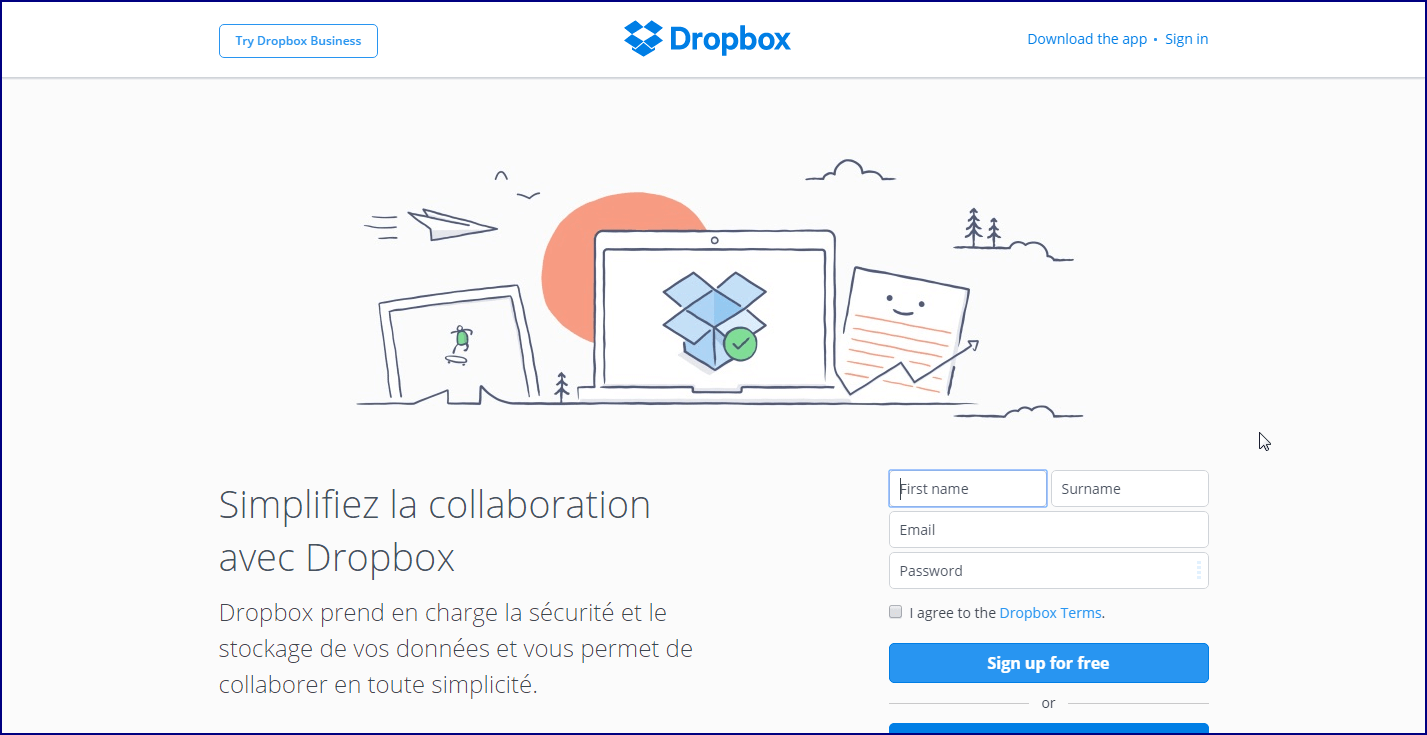
Notepad displays the contents of the file.Windows next calls ReadFile, which returns the contents of the file.The Minifilter, seeing that the file’s contents have not yet been downloaded, arranges for the file’s contents to be retrieved from and saved on the local PC.But before invoking ReadFile, Windows intercepts the operation and notifies the Dropbox Minifilter that a program would like to read the contents of notes.txt.Notepad calls the Windows API ReadFile function to grab the contents of notes.txt.

TXT files), passing it the full path to notes.txt. Windows starts Notepad (the program associated with.Its contents have not yet been downloaded to your computer. Suppose you have an online-only file called “notes.txt” in your Dropbox folder. The arrangement is fairly technical, but the following example illustrates the basic concept. When you access a file in your Dropbox folder, demanding to see its content, a Windows Minifilter driver ensures that the file’s contents are quickly fetched from. Windows file system Minifilter driver technology Very efficient!īut what happens when you try to access the zero-content file? That’s where the next technology comes in…Ģ. As a result, you can see the file on your system but it consumes almost no space on your hard drive. So when you create a file on, the file’s information (its “metadata”) is immediately downloaded to your computer but none of the file’s contents are transferred in that operation. NTFS Sparse File functionality allows Dropbox to create an “empty shell” for any file - with all the usual information (name, size, etc.) but with none of the actual content. Smart Sync leverages a trio of Windows capabilities: How Smart Sync works: Supporting technologies Indeed, Smart Sync has been a very popular feature since its debut in 2017.


 0 kommentar(er)
0 kommentar(er)
